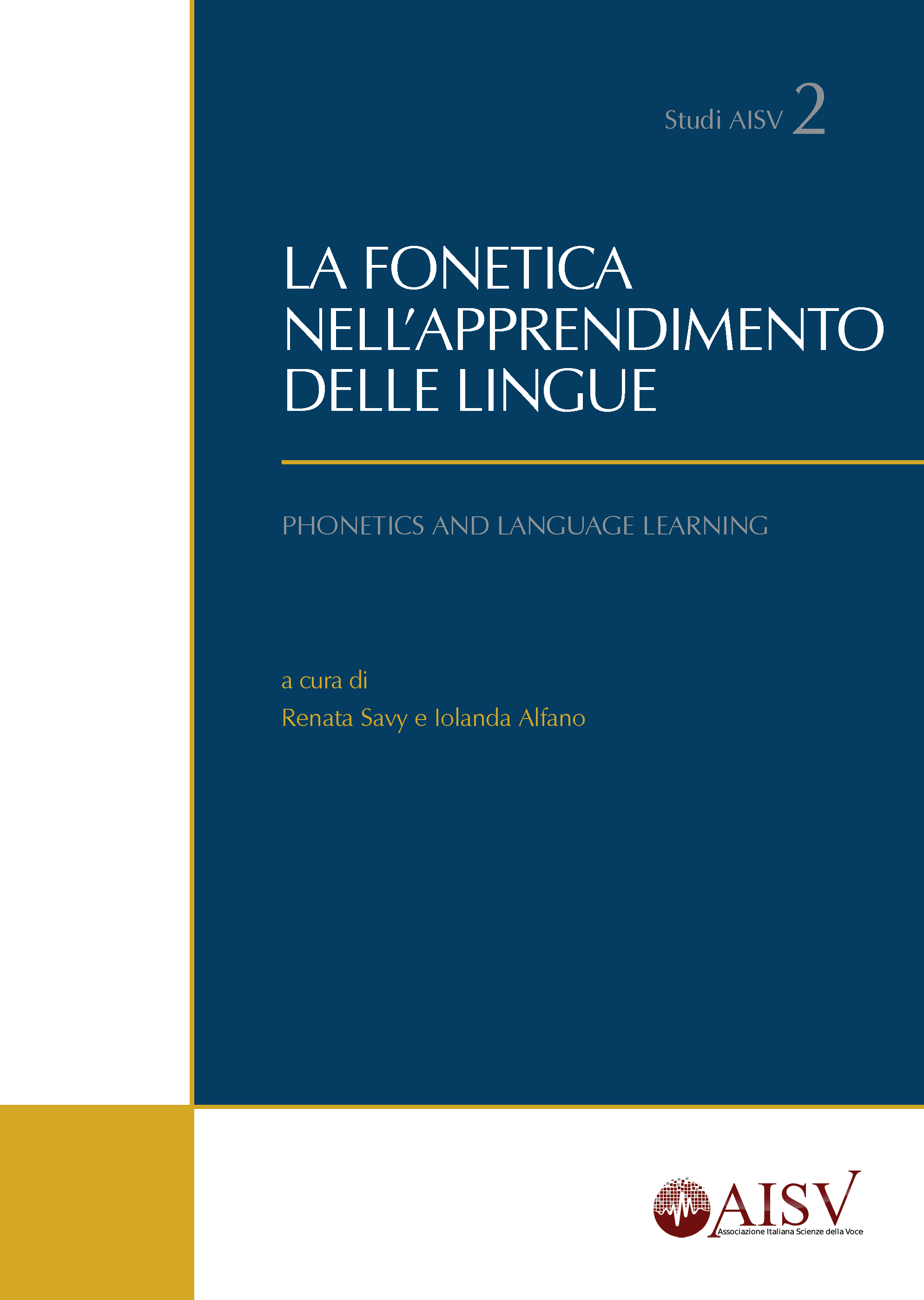Could the frequency of Stuttering-Like-Disfluencies predict persistent stuttering in children who have just started to stutter?
DOI:
https://doi.org/10.17469/O2102AISV000023Keywords:
disfluencies, children, stuttering persistence, stuttering recovery, developmental stutteringAbstract
Stuttering onset occurs for 95% of people who begin to stutter before the age of 4 years, tipically in the third year of life. Spontaneous recovery during childhood is common, with recovery rates estimated at 68-96%, usually no later than the fourth year post-onset. If symptoms persist beyond this time, the efficacy of treatment might result more problematic. As a result it is important to refer the subjects that tend to persist to early treatment. The CNR project “Phonetic indexes predictive of chronic stuttering in preschool children” started in 2008, and aimed to identify, among different behavioural indexes, the ones which are able to predict stuttering persistence at early ages, in order to assure to more at-risk subjects the best therapeutic interventions. The aim of the current study is to evaluate the clinical efficacy of the Disfluency Profile (i.e. the percentage of StutteringLike Disfluencies over 100 spoken syllables) in identifying children at greater risk of persistence. Results of the study suggest that the predictive power of the Disfluency Profile at the session of 9-15 months post-onset is low, according to clinical standards of sensitivity and specificity, but it increases over the next six months, albeit not to the standard minimum of 80%. However, the use of the Disfluency Profile is preferable to the Stuttering Severity Instrument (third edition), which has been proposed as a predictive tool by some researchers.
Downloads
Published
Issue
Section
License

This work is licensed under a Creative Commons Attribution-NonCommercial 4.0 International License.





